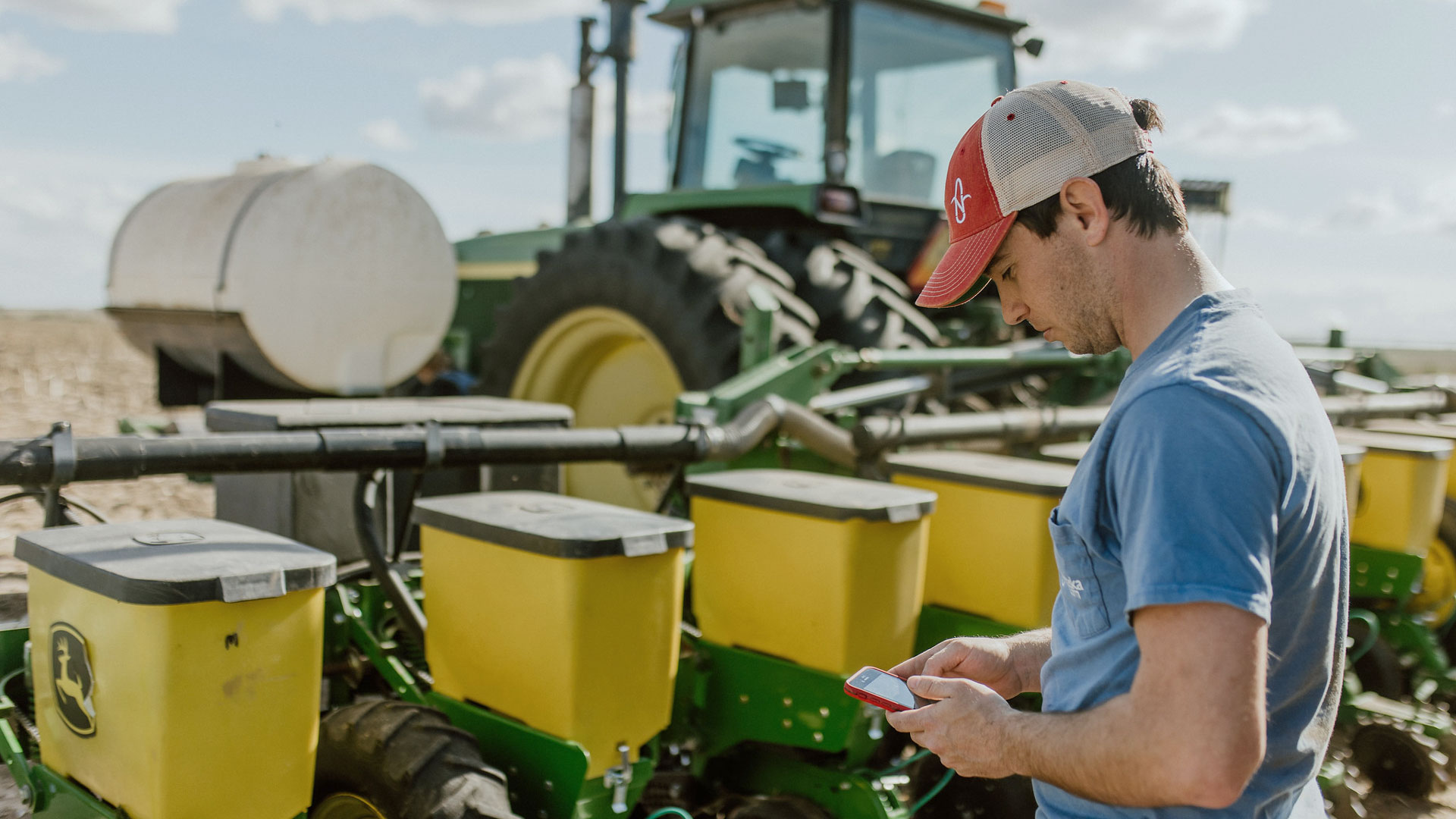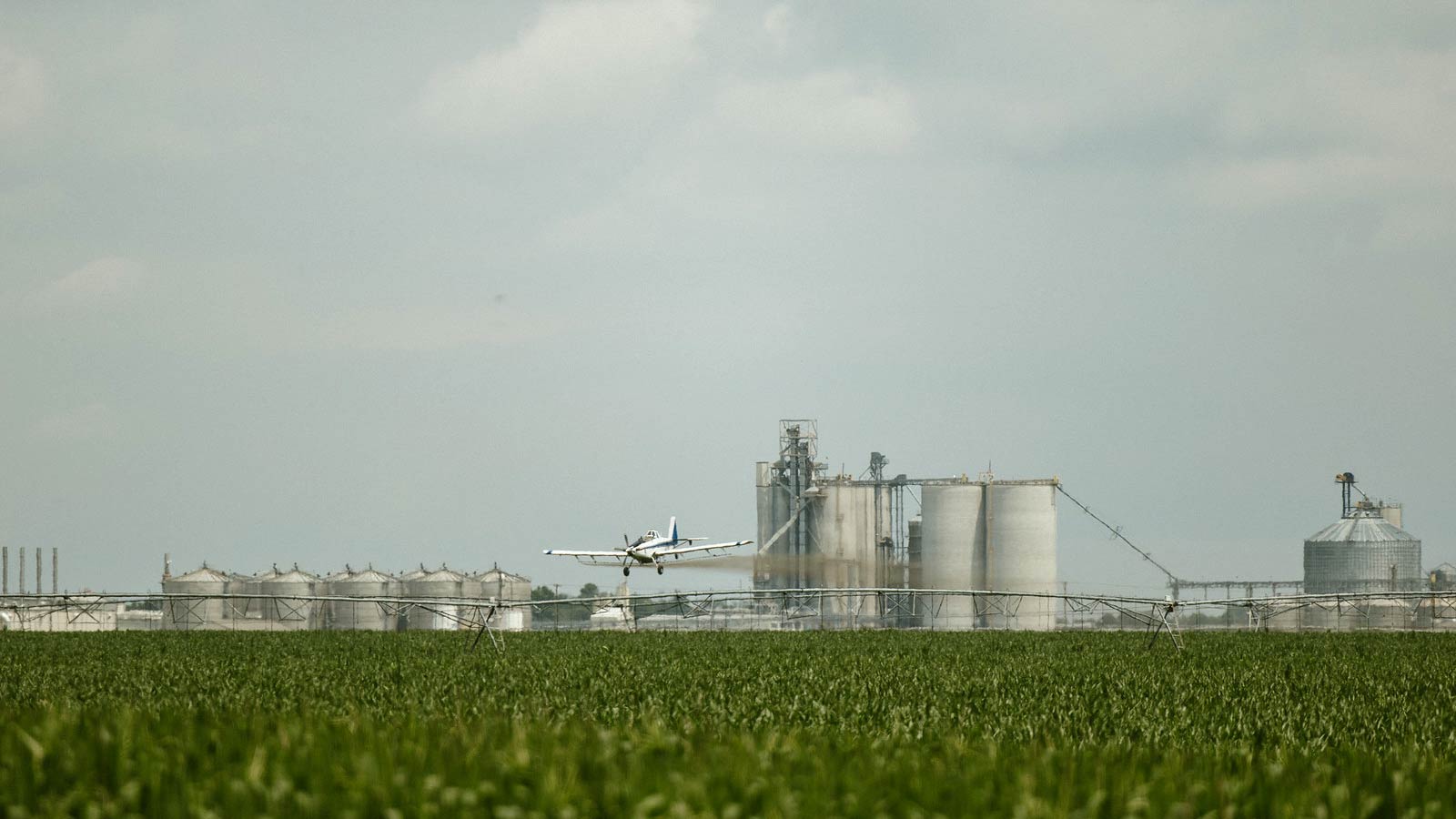As environmental awareness grows, consumers’ preferences are increasingly shifting towards sustainable and eco-friendly products. This trend is also evident in the fuel industry. More and more consumers are searching for alternative biofuels like E15 and E85 that not only power their vehicles efficiently, but also have a lower impact on the environment.
Both E15 and E85 are biofuel blends that contribute to an earth-friendly approach to fuel consumption. That’s because they’re each a blend of regular gasoline and ethanol, a renewable resource derived from corn or other plant materials, which helps reduce greenhouse gas emissions compared to traditional gasoline.
While there are some distinct differences between E15 and E85—they are not the same thing—both offer a greener alternative to traditional fuels. But, because of their differences, it’s crucial to understand their unique characteristics to utilize them effectively and responsibly.
What is E15 Gas?
E15 gasoline is a blend of fuel that contains 15% ethanol and 85% gasoline. It burns cleaner than pure gasoline, reducing greenhouse gas emissions and improving air quality. It’s often cheaper than regular gasoline, making it an attractive option for many drivers.
The U.S. Environmental Protection Agency (EPA) approved E15 for use in light-duty vehicles, which includes cars, light-duty trucks and medium-duty passenger vehicles. That means E15 is safe for most of the cars and trucks on the road today.
Is E15 the Same as Unleaded Gasoline?
While E15 may be at the same gas pump as regular unleaded gasoline, it is not the same thing. They are, however, both types of fuel that can be used in most vehicles.
Regular unleaded gasoline typically contains up to 10% ethanol, hence sometimes referred to as E10. This blend is suitable for use in virtually all gasoline-powered vehicles on the road today. On the other hand, E15 is a blend that contains 15% ethanol and 85% gasoline and is often marketed as Unleaded 88 in many states due to its octane rating.
Is E15 the Same as E85?
While they both contain ethanol, E15 is not the same as E85. In fact, vehicles that use E15 may very well not be able to use E85, so it’s important to know which type of ethanol blend your car can handle.
Most cars that run on regular unleaded are able to run on E15, which is gasoline with a blend of up to 15 percent ethanol. On the other hand, E85 gas is a flex fuel that contains 51% to 83% ethanol, depending on the region and season. Because of the higher ethanol content in E85, it should only be used in vehicles designed to handle flex fuel and not in cars that only use regular gasoline or a lower ethanol blend like E15. Check your owner’s manual to see if your car is suitable for E15 and E85.
Is E15 Better Than eE85?
Whether or not E15 is better than E85 depends on the type of vehicle you are fueling up. If you have a regular car or truck, E15 is a better choice because regular vehicles are not designed to handle the higher concentration of ethanol in a flex fuel like E85.
However, if you have a vehicle designed to run on flex fuel, E85 would be a good choice because it burns cleaner, is even better for the climate and is often cheaper than other fuel blends.
While most flex-fuel vehicles that normally run on E85 can also use the lower-ethanol blend of E15, it doesn’t work the other way around. Using E85 in a car not equipped to handle the higher-ethanol flex fuel blend can be bad for your vehicle. Always consult your vehicle’s owner manual or manufacturer for information on what fuels are recommended for your specific vehicle.
E15 And E85: The Environmentally Friendly Fuel Choice
Even though E15 and E85 are not the same, they represent two innovative, climate-friendly fuel blends that combine environmental responsibility with efficient vehicle performance.
These biofuels not only contribute to the fight against climate change by producing fewer greenhouse gas emissions, but also ensures your vehicle runs smoothly, pairing practicality and sustainability.




